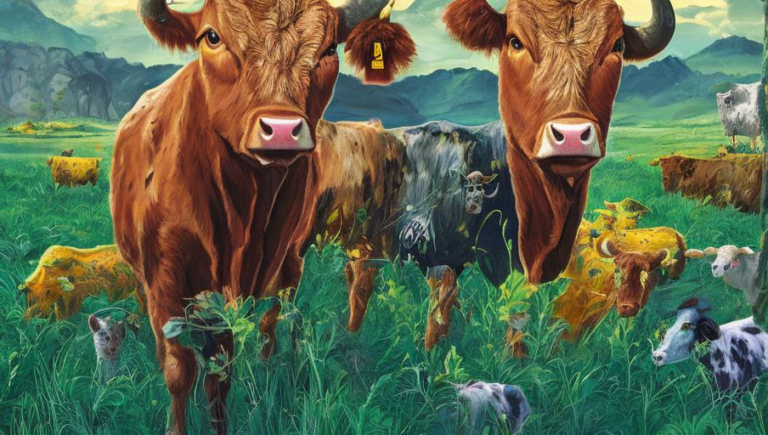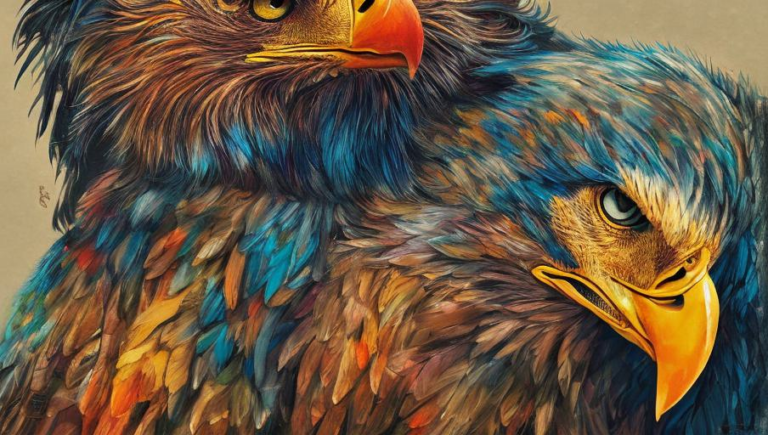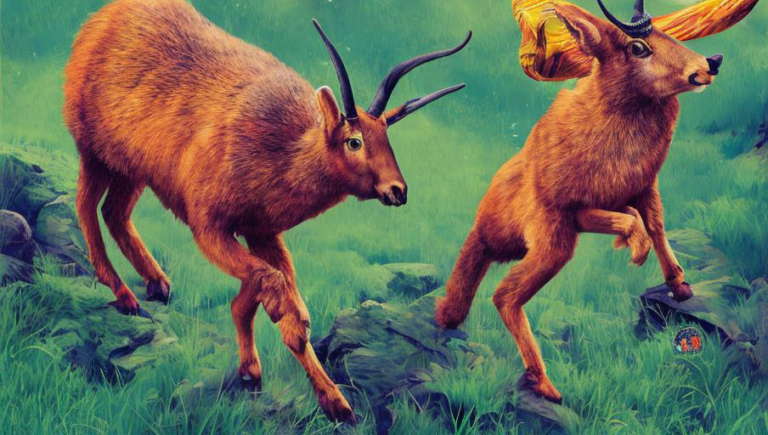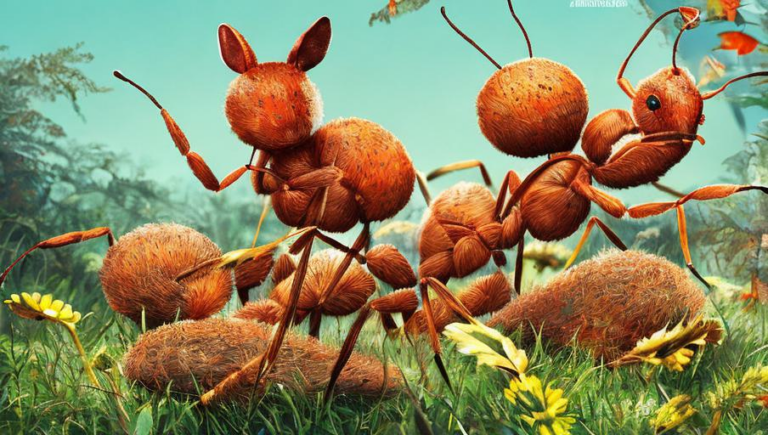Zoo Life for the Coyote
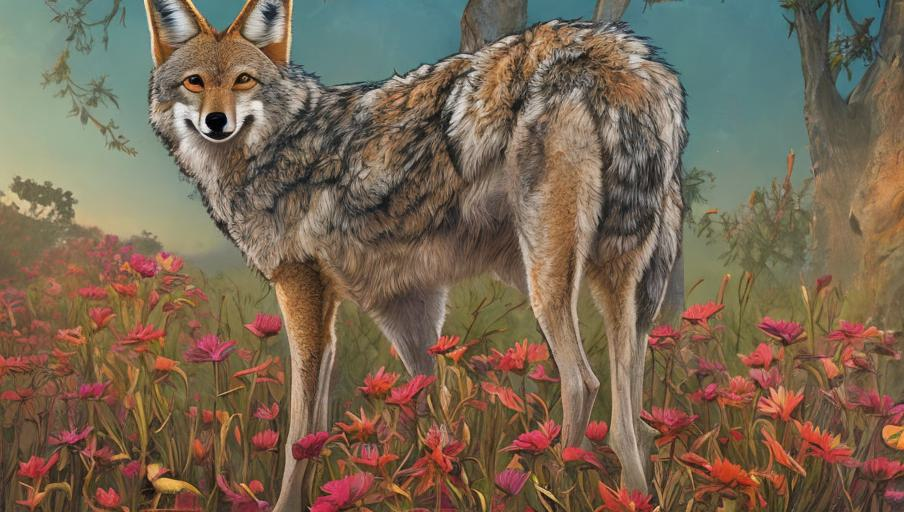
Introduction
The coyote (Canis latrans) is a species of canine that is native to North America. It is a medium-sized mammal that is known for its intelligence, agility, and adaptability. Coyotes are often found living in urban areas, where they have become adapted to living in close proximity to humans. Although coyotes have become accustomed to living in close contact with humans, they are still wild animals and should be treated with caution.
History of the Coyote in Captivity
The first coyote to be kept in captivity was brought to the London Zoo in 1835. The animal was kept in an outdoor enclosure and quickly became a popular attraction. Since then, coyotes have been bred in captivity, with some zoos now keeping entire packs of coyotes. Coyotes are social animals and can live in groups of up to fifteen individuals.
The Benefits of Keeping Coyotes in Zoos
There are many benefits of keeping coyotes in zoos. Firstly, these animals can be used to educate the public about their natural behavior and ecology. They can also be used to introduce children to the world of wildlife and teach them about the importance of conservation. Additionally, keeping coyotes in captivity can help protect wild populations from being hunted or disturbed.
The Challenges of Keeping Coyotes in Zoos
Although there are many benefits of keeping coyotes in zoos, there are also some challenges. Coyotes are wild animals, and it can be difficult to provide them with an environment that meets their needs. For example, it can be difficult to keep coyotes in enclosures that are large enough for them to roam and explore. Additionally, zoos must be careful to provide coyotes with the correct diet and enrichment activities in order to keep them healthy and happy.
Conclusion
Coyotes are fascinating animals that can be a great educational tool when kept in captivity. Zoos can provide a safe and enriching environment for coyotes, while also teaching the public about the importance of conservation. Keeping coyotes in zoos can also help protect wild populations from being hunted or disturbed.
